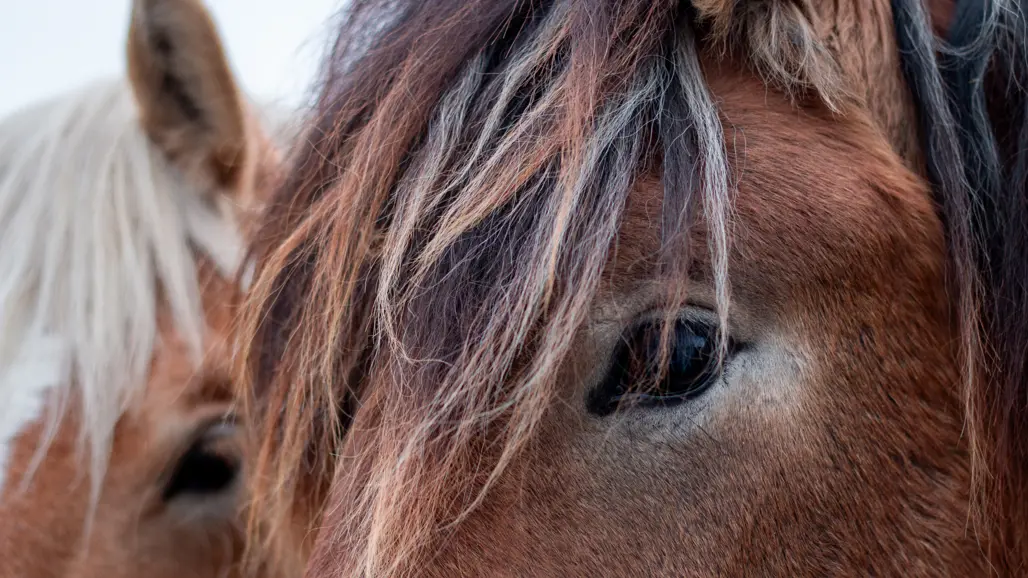
Choice of sampling method when studying the hair follicle
Many diseases in humans and animals affect the skin and several of these also affect the hair follicles, including some types of skin cancer that start in the pigment-producing stem cells of the hair follicles. Horses are now being used as a model for research in this area.
Many diseases affect the skin and several of these also affect the hair follicles, including some types of skin cancer that start in the pigment-producing stem cells (melanocytes) of the hair follicles. The horse is now being used as a model for research in this area. For this, good sampling methods are needed.
Skin and hair have many important functions in both animals and humans, for example as protection against UV rays and as part of our temperature regulation. Unfortunately, many diseases affect the skin and several of these also affect the hair follicles, including some types of skin cancer that start in the pigment-producing stem cells (melanocytes) of the hair follicles. Therefore, our researchers are studying genetic mechanisms in hair follicle cells, using the horse as a mammalian model. For this, good sampling methods are needed.
The research team compared two different sampling methods that can be used to study hair follicles in horses. The low-invasive sampling method, pulling out hairs with the hair roots, was compared with the more invasive method of taking skin biopsies at the same site. The study showed that the hair plucking method could be stably used to study gene expression in the hair follicle.
The researchers went on to examine gene expression data from the samples, i.e. which genes in the samples were active. By comparing this with known data from mouse hair follicles, the researchers were able to deduce which specific cell populations were present when a horsehair was removed from the horse's mane.
The results mean that the less invasive method can be recommended for certain research questions related to skin health in horses and other species, including humans.
The project is funded by the Swedish Research Council.
Link to the publication
https://doi.org/10.3390/ijms24010561
Reference
Naboulsi R, Cieślak J, Headon D, Jouni A, Negro JJ, Andersson G, Lindgren G. The Enrichment of Specific Hair Follicle-Associated Cell Populations in Plucked Hairs Offers an Opportunity to Study Gene Expression Underlying Hair Traits. Int J Mol Sci. 2022 Dec 29;24(1):561.
Contact
-
PersonGabriella Lindgren, Senior LecturerHBIO, Molecular Genetics and Bioinformatics